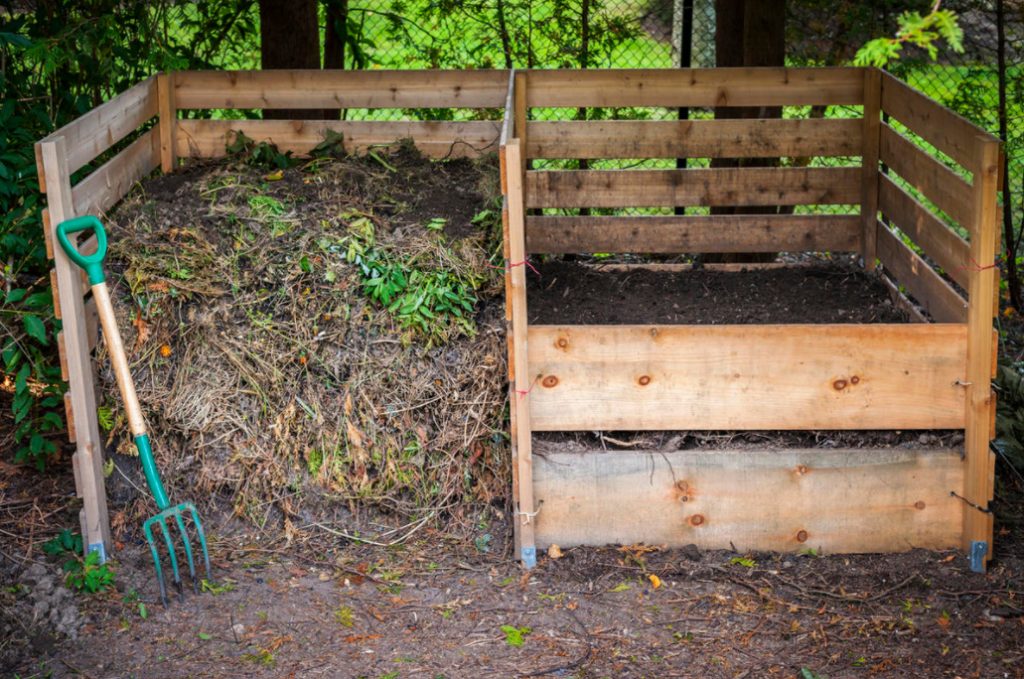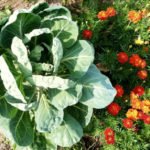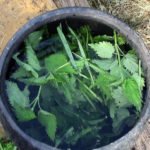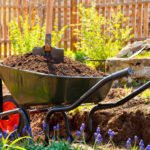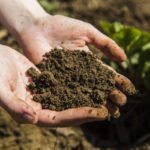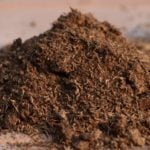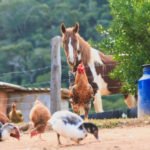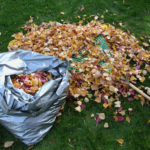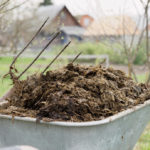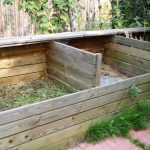Compost is an organic fertilizer that every summer resident can make with their own hands on absolutely any plot. The power of the garden is in organic matter. Well-rotted manure is an excellent fertilizer, but it is compost that frees all gardeners from the need to extract this very manure somewhere, deliver it to the dacha, and then store it for over-warming. High-quality organic fertilizer, produced independently, is not inferior in nutritional value to humus, and at the same time you know exactly where all its components come from.
The classic scheme of compost production is simple — “green” (nitrogenous) and “brown” (carbonaceous, fiber-rich) components are taken in a certain proportion, moistened, layered, mixed at the end of the warm season, and, as a rule, by next autumn, a portion of compost will be at your disposal. Well, maybe it’s not quite that simple.
But very often you don’t want to wait a year, or even two. We want to get good organic fertilizer quickly. There are ways to speed up the maturation of compost. Most of them are quite labor-intensive: we exchange our physical efforts to reduce the time of natural processes.
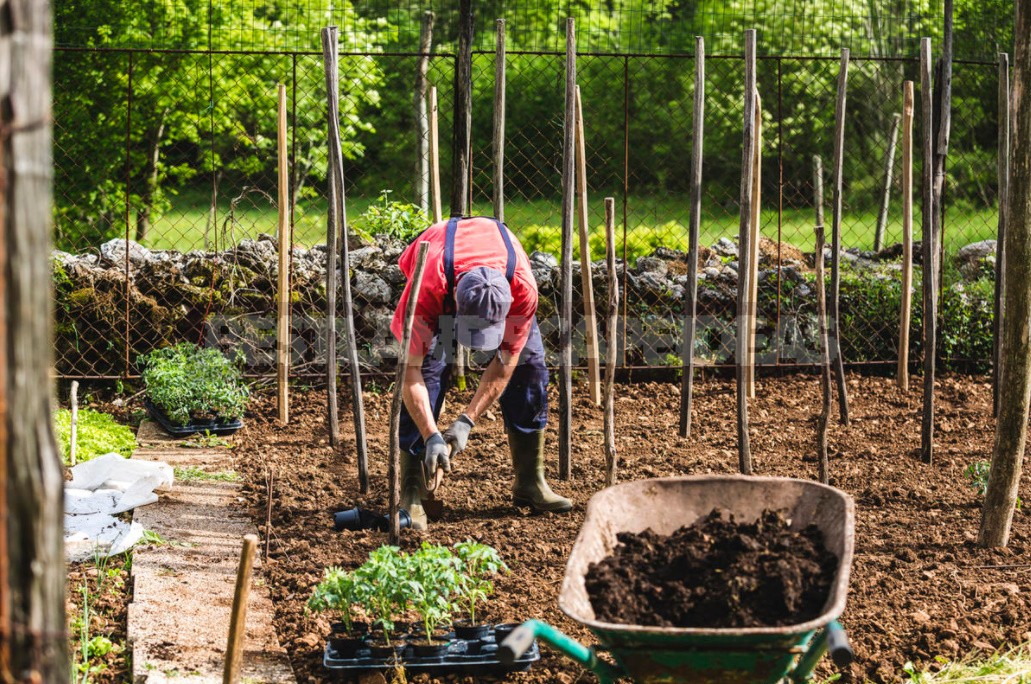
The main ways
First, we will mention the principal ways to influence the compost heap, allowing to accelerate the aging of organic fertilizer.
1. Grinding
The process will speed up if all the components are thoroughly crushed before placing them in the compost bin. The only exceptions are those that are at the very bottom, put there for the organization of drainage.
2. Adding “seedings”
The composting process takes place only when there is a sufficient number of microorganisms. If you add them to the pile deliberately, it will be more fun. As such additives can be:
- ready-made humus or compost in the form of thin layers (if there is nothing at all, simple earth will do),
- yeast solution (1 tablespoon of dry yeast and 200 g of sugar per 1 liter of water),
- herbal infusion,
- a thin layer of dry bird droppings (life hack: hang the feeder over the pile, and the bird droppings will appear there by themselves).
3. Agitation
As mentioned above, composting occurs at the expense of microorganisms, but we need to clarify that we work on aerobic micro-organisms — those that need air. Therefore, firstly, the walls of the compost box should not be sealed, and secondly, frequent stirring (shoveling, shifting) of the contents will accelerate maturation.
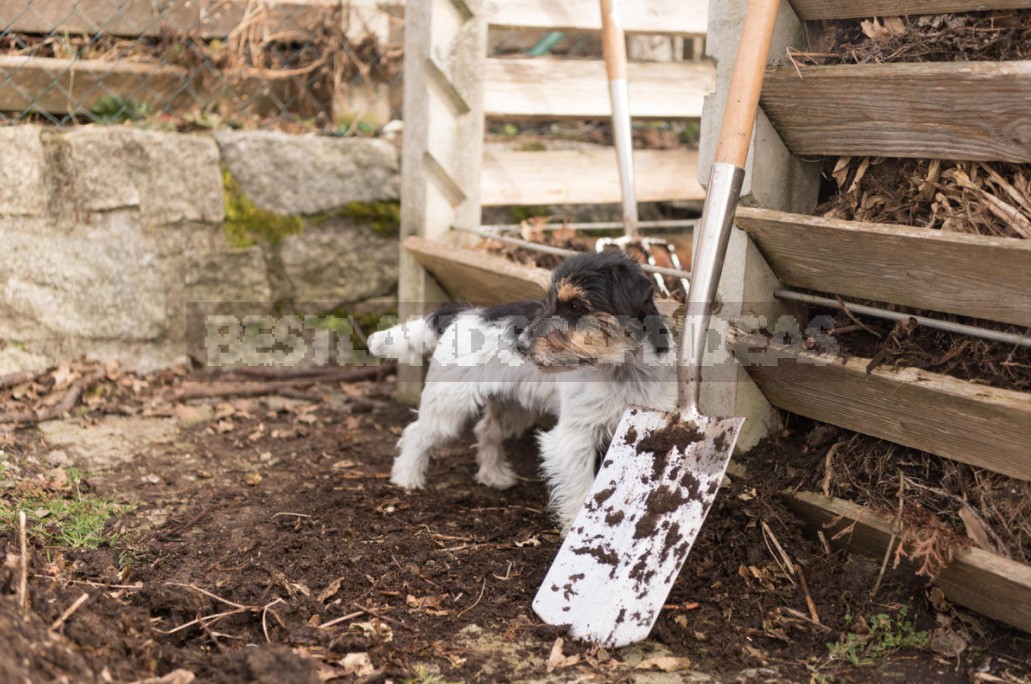
4. Maintaining optimal humidity
In a dry heap, processes stop. In excessively wet (especially if there are no holes in the walls of the box and good drainage), silage occurs. Both of them slow down getting ready-made compost.
5. The correct dimensions
As strange as it may seem, but in the case of composting, size matters. The larger the pile, the slower and less evenly the processes we need go in it. It’s hard to work with her. Small volumes dry quickly and are not stable enough. The optimal height and width dimensions are 1 m each, and the length can be from 1 m or more.
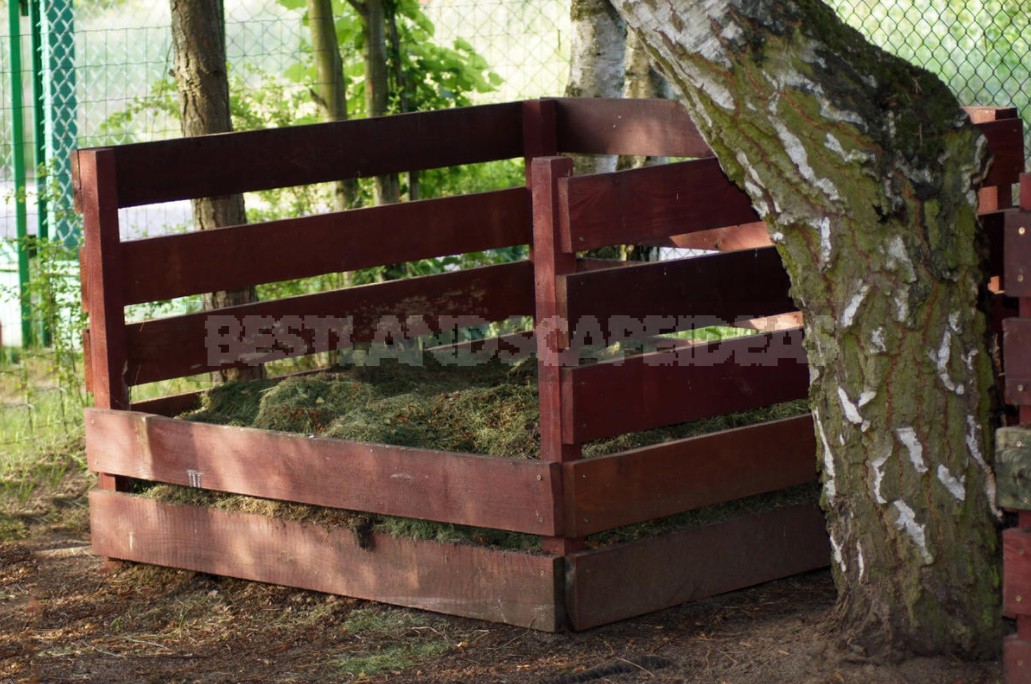
Ready recipe
Both experts and summer residents-enthusiasts come up with and try to bring to the maximum available ideal recipes for quick compost preparation. Let’s look at some of them.
Quick compost
Its essence is in ” hot ” composting. We take 2 approximately cubic boxes for compost (width, height and length-about 1 m) with slits for air. The first box is filled with non-thick layers of “green” (kitchen waste, green leaves, mown grass, manure, etc.) and “brown” (dry leaves, straw, paper, bark) with a seed from the finished compost or earth. The volumes of nitrogen and carbon components should be approximately equal. If necessary, we additionally moisturize.
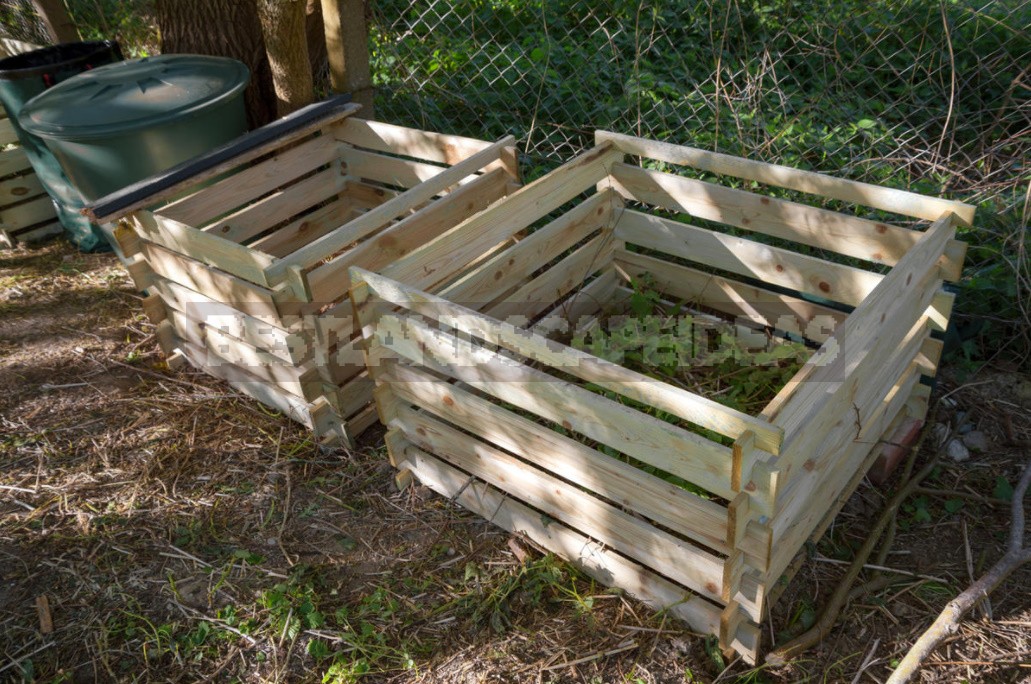
The mixture heats up quickly, and after 3-6 days the temperature increases to +70°C. At this point, we take a pitchfork and throw the entire volume into the next box, otherwise under the influence of unbearable heat, all useful microorganisms will die. So we do it 4 times — and about a month we get ready compost.
Compost for 2 weeks: grind and mix
The following recipe was invented and tested by summer residents. To prepare compost, carbon-containing elements (leaf litter, cardboard, paper) are carefully crushed. There is no need to cut juicy greens finely, but potato peels and the like are worth it. Humus must be present among the nitrogen-containing components.
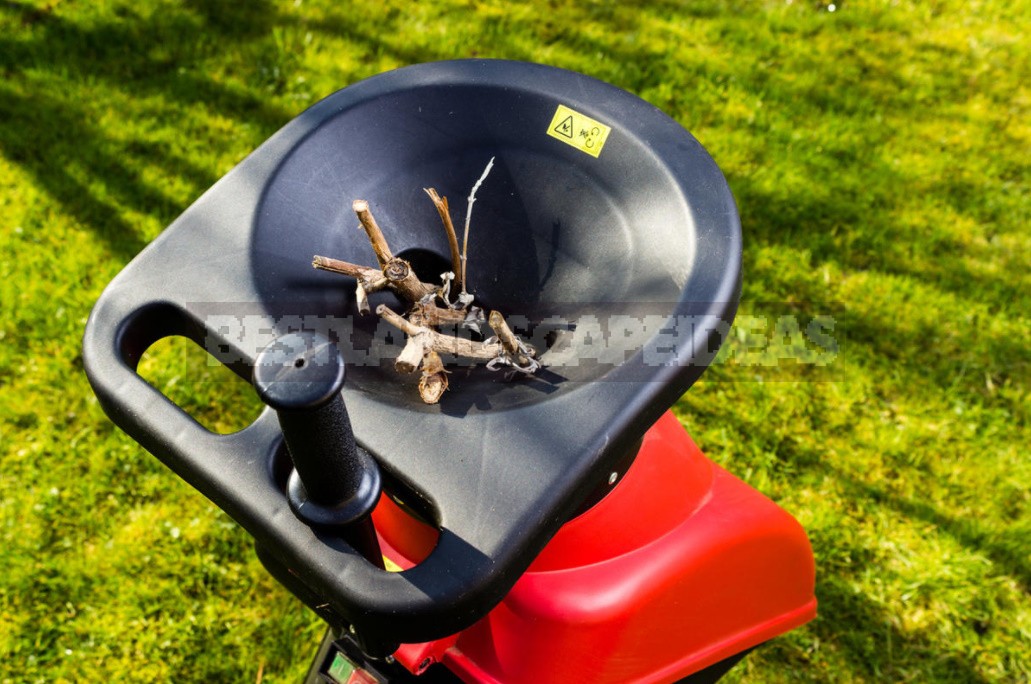
Mix the crushed components, and 1 part of nitrogen should account for 30 parts of carbon. If the mass is dry to the touch, then you need to moisten it, mix it again and cover it with a film or roofing material. The optimal pile size is 1.5 × 1.5 × 1.5 m. The next day, the temperature in the center will be quite high. After the second day, the pile should be mixed for the first time, then repeat this procedure every 2-3 days. By the end of the second week, you will have compost that can already be used.
Quick compost in a barrel
This method is based on the mixing principle. To prepare a quick compost, you should make a simple device from a barrel. First of all, it is necessary to cut a rectangular hole on its side, which should be turned into a solid door by the skilled hands of the master. In the walls of the container, you need to make holes for ventilation and drive a few long nails, in the future they will serve as dividers for high-quality mixing. Then a pipe is passed through the centers of the ends (cover and bottom), and the barrel will turn on it. You also need to make a simple frame on which the entire structure will hold.
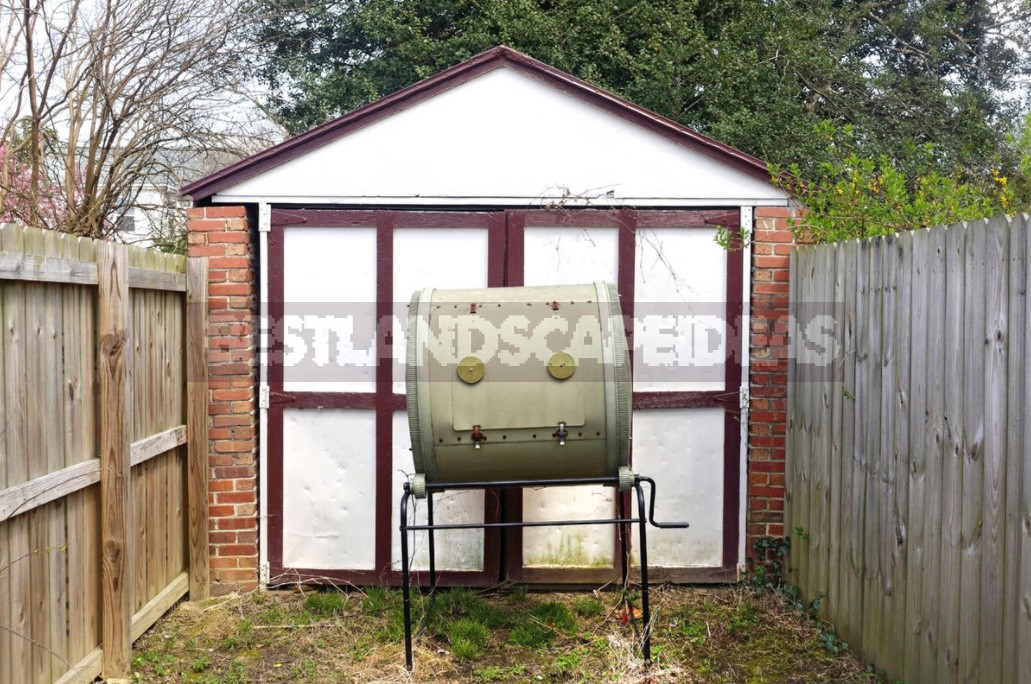
In the barrel, load the “green” and “brown” components in a ratio of 1:4, pour them with a small amount of humus or earth (“seed”). After the bookmark, leave the lid open for 5-6 days, then close and scroll the barrel several times. Open the lid again to allow air access. You can attach a handle to such a device for more comfortable turning, or even connect an electric drive. Compost in a barrel is made several times faster than the classical method.
In conclusion, I would like to remind you that the summer season is ending, but the winter will pass quickly. Seedling troubles will start again, and you will need a high-quality soil mix. To avoid spending extra money, prepare it yourself. The process is similar to rapid composting. You will need leaf litter from healthy pears, Apple trees or forest trees and garbage bags. Put the leaves in a bag and pour over the finished compost. Pour the mixture with water, add the compost preparation and tie it up. Pierce the bags in several places with a pitchfork and leave them on the garden plot until the end of November, and then move them indoors. By February, your own soil for seedlings will be ready.
Good compost is a valuable organic fertilizer. Prepare it in the classic mode does not cost almost anything — no money, no physical labor. But if organic matter is needed urgently, then there is a way out — there are ways to speed up the preparation of high-quality compost. How do you solve this issue? Have you tried making compost in a quick way? Surely among you there are experienced gardeners who have something to tell newcomers. Share your experience in the comments.
